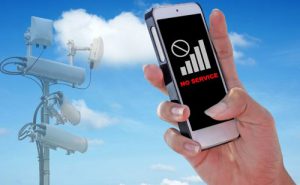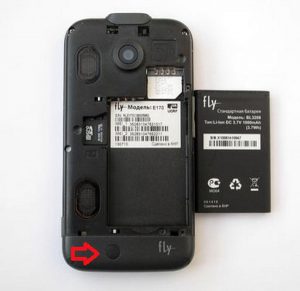 To make calls, access the Internet, send messages and perform other similar actions, mobile operators provide subscribers with sim cards – a special module containing a chip that allows you to identify the subscriber and receive the necessary signal. Transmission takes place using special antennas located on hills, rooftops and other heights.
To make calls, access the Internet, send messages and perform other similar actions, mobile operators provide subscribers with sim cards – a special module containing a chip that allows you to identify the subscriber and receive the necessary signal. Transmission takes place using special antennas located on hills, rooftops and other heights.
The stability of the reception depends on the proximity of the location of the receiver and the transmitter (in this case, the transmitting antenna and the smartphone), the presence of obstacles and the signal strength.
To display the level of wave strength on the smartphone screen, there is a special icon located at the top of the display.

The level is displayed on the reception scale. The more complete the filling, the better the signal.
To find out the signal strength, you need to refer to the information in your smartphone. You can find information through Settings – System – About phone.

Select the installed sim card.

The window that opens shows the signal strength of the cellular network, the type of active Internet connection, etc.

To understand the signal quality, you need to pay attention to the level:
- up to -75 dBm – confident communication in the room;
- -85… -75 dBm – excellent signal outdoors;
- -95… -85 dBm — average signal level;
- -105… -95 dBm — low signal level;
- -110… -105 dBm — minimum signal level (communication is on the verge of a break).
The asu indicator displays the signal-to-noise ratio of the channel. The number 6-7 means that the device can transmit data, but interference is possible during a call, above 10 it confidently supports the conversation.
How to improve the network signal?
If the user is faced with network outages, there are several tips to follow:
- Change telecom operator.
Not all companies provide equally reliable coverage across the country. Some antennas have higher power, range, etc. For example, sections between two cities may have no signal at all, or it will be very weak. In such cases, communication can only take place via SMS, because this method requires a minimal wave.
- Install a sim card to another device.
Low-end smartphones are equipped with low-power receivers to save costs, which can cause frequent interruptions.
- Download the program from the Play Store.
It is not possible to provide software amplification of the signal, but special applications constantly reconnect to the network to maintain the level. The method works if there is at least some transmitter antenna nearby.
- Use an additional antenna.
Some devices are equipped with a simple GSM diagnostic output.

If a small piece of metal wire or wire is inserted into the connector, the scale should increase by one or two divisions. You must make sure that the homemade antenna does not interfere with the closing of the device cover.
- The most effective way is to install a special kit consisting of an external antenna, an amplifier (repeater) and an internal antenna installed indoors. The equipment costs a decent amount, but allows you to provide all the devices inside or in the surrounding area with good reception.
- Craftsmen suggest using metal utensils (saucepan, colander, etc.) as a reflector. Significantly more waves are collected on the surface than on the small antenna of a smartphone, which allows you to make a call by receiving a reflected signal or by placing the device inside.
The signal strength of the network allows full use of the device for communication. Naturally, the optimal location of the smartphone is near the towers. At the same time, the antenna level of the GSM, 3G, 4G networks does not depend on each other, but only on the equipment used by the operator.
